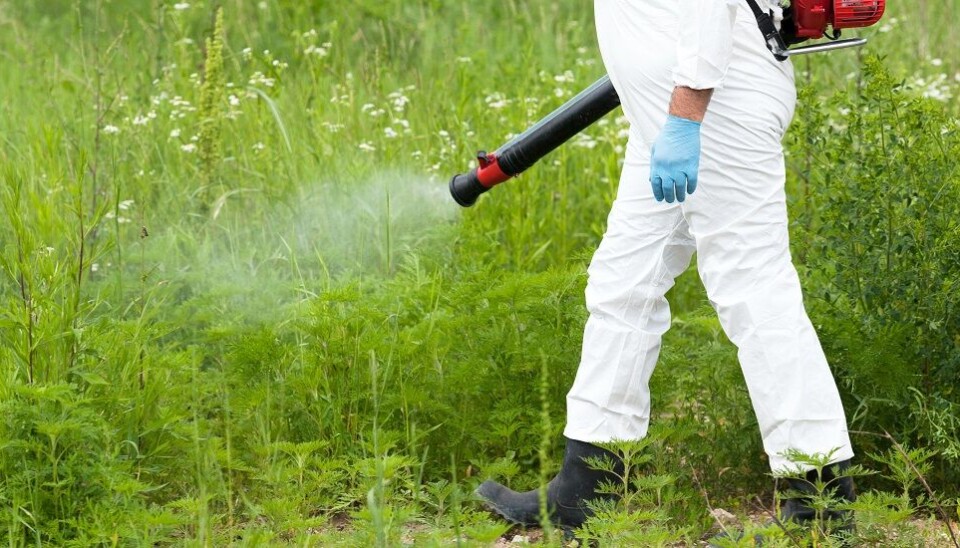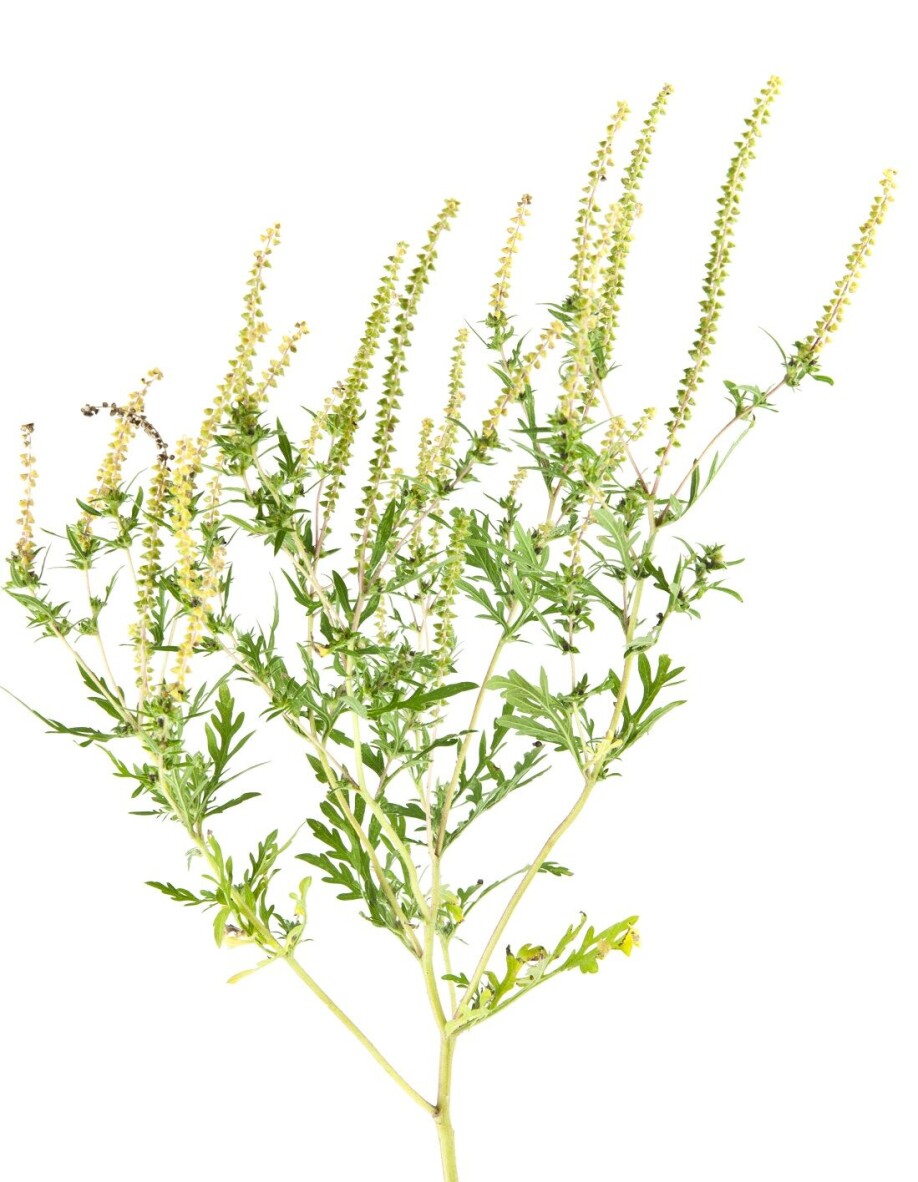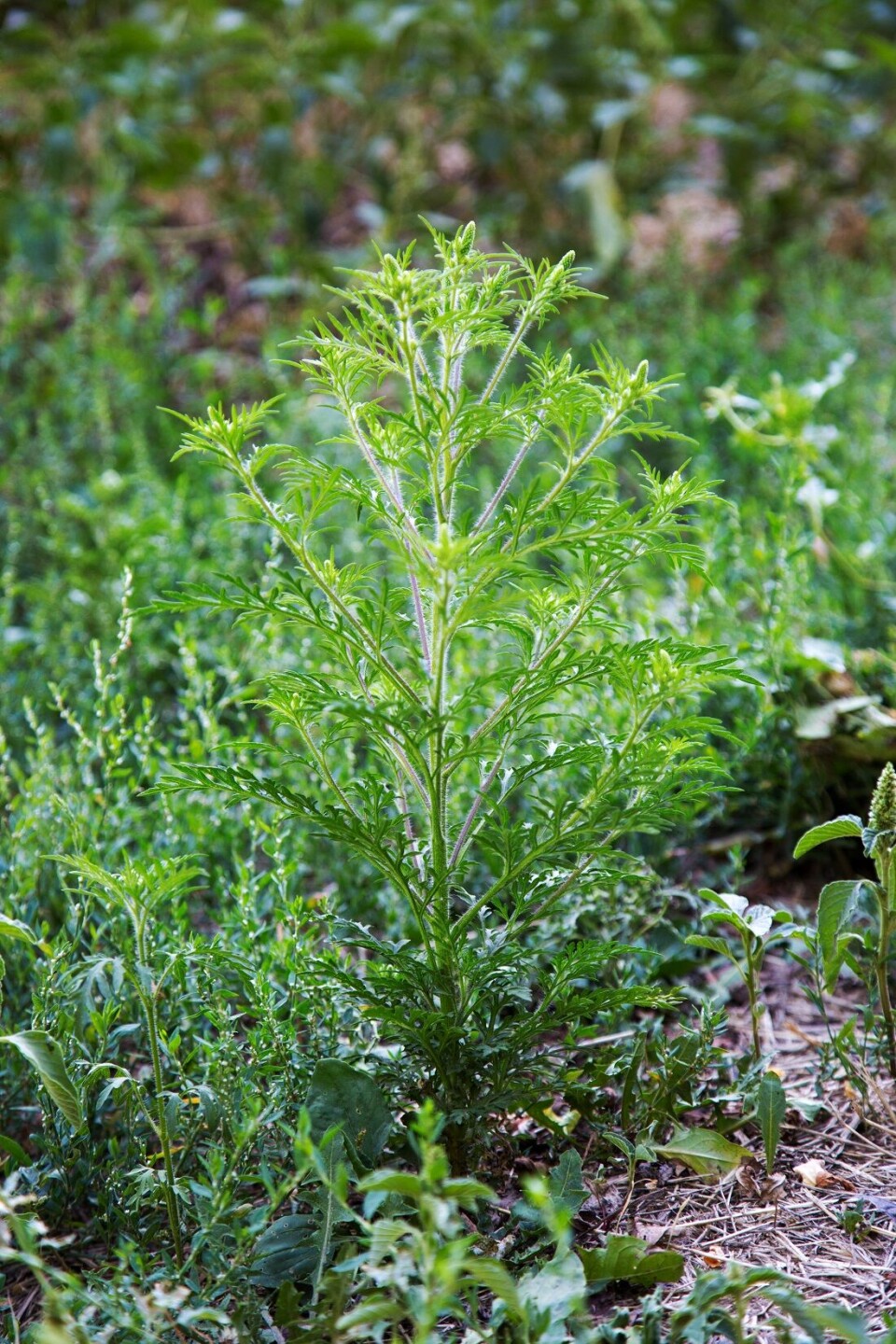THIS ARTICLE/PRESS RELEASE IS PAID FOR AND PRESENTED BY NTNU Norwegian University of Science and Technology - read more

How a plant from the USA invaded Europe
This invader can extend the pollen season to November, and it is heading towards Norway. For now, it has stopped in Denmark.
Alien species pose one of the world’s major environmental problems. But we don’t always know why or how these species are able to spread so quickly
“Invasive species are a key factor in the crisis that is affecting biological diversity now,” says Michael D. Martin, professor of evolutionary genomics at NTNU University Museum.
The Intergovernmental Science-Policy Platform on Biodiversity and Ecosystem Services (IPBES) has identified the five biggest global threats to species diversity. Land use change leads the way, ahead of direct exploitation of natural resources, climate change, and pollution.

But the fifth threat is one that might not have occurred to many people: alien species that spread into areas where they do not belong. We know they pose a big problem.
However, less clear is how and why alien species spread so quickly. An international research group including some of the world’s leading genetic researchers has therefore taken up the case of common ragweed (Ambrosia artemisiifolia).
Why do weeds spread?
Common ragweed is native to temperate parts of North America, but was introduced to Europe in the 1800s, probably by accident through imported seeds and contaminated horse feed. In recent years, it has spread to large parts of the continent.
A main source of introduction today is contaminated bird feed, so if you feed birds outdoors with imported seeds, you should really sort out the ragweed seeds first.
Fortunately, many alien species succumb before they can do any damage because they are unable to establish and adapt to the new conditions. So why does common ragweed thrive so well? The answer lies in the genes.
“We examined the genetic material in 655 specimens of common ragweed, of which 308 were taken from historical plant collections in herbaria. Some of them were as much as 190 years old and are from the time the plant was first introduced to Europe,” says Vanessa C. Bieker, an expert in evolutionary genetics at the NTNU University Museum.

In this way, the researchers were able to follow how common ragweed has evolved since the plant arrived in Europe. This information provided answers that helped them better understand what led to the enormous spread today.
Causing problems worldwide
Alien species cause problems over large parts of the world. In Norway, invasive threats include the salmon parasite Gyrodactylus salaris, mink, Sitka spruce, garden lupines, American lobster, the pond weed Elodea canadensis, red king crab, Canada goose and giant hogweed.
Human influence on nature is often at the core of the problem. The Homo sapiens population will surpass eight billion this year. Over the past 50,000 years, spreading species to parts of the globe where they do not belong is one way human beings have changed the planet.
These alien species can outcompete species that already exist in an area. Sometimes they simply eat the local species. Other times they eat their food. They take over the habitats of species that are unable to stand up to the invaders’ ability to reproduce or utilise the resources in the area.
Common ragweed grows quickly and becomes big, and can thus outcompete local species.
Rabbits and cats
A famous example is the rabbits of Australia, where Europeans released a few rabbits on their newly discovered continent to make it more homey and to have something to hunt. But in Australia, the rabbits had no natural enemies that could keep the population in check.
Half a billion rabbits and enormous destruction of nature later, they became a real nuisance. Even after massive disease outbreaks and intensive efforts to control the population, Australia still has a few hundred million rabbits, not to speak of more than a million wild camels, 200 million toads and a few million foxes and wild cats.
Cats are one of the really big threats to birds and other animals worldwide. In the USA they kill up to four billion birds and more than 20 billion mammals annually, while in Norway outdoor cats kill about seven million birds.
If you really want to help the environment, you should keep your cat inside – and get it neutered, too.

Tougher plants in Europe
“The invasive populations in Europe favour the development of genes that contribute to their defence, like ones against pathogens that trigger disease,” Bieker says.
In Europe, common ragweed might have evolved in such a way that the plant became more resistant to local threats.
Natural selection meant that hardy plants had a great advantage and multiplied more often than less hardy specimens. This spread to the offspring who carried the advantage forward. Today, the tougher plants have completely taken over.
Other species contributed to the spread
Common ragweed also received help from outsiders along the way. Common ragweed reproduces sexually and made up for the lack of partners on a new continent by going outside its own species.
“We discovered that the plant hybridised in Europe with closely related species that were introduced around the same time,” Michael Martin says.
This behaviour meant that common ragweed did not need to have another common ragweed plant nearby for the plant to gain a foothold as pollen from close relatives could be used to produce seeds. This is especially useful in the early stages of the introduction when population sizes are small.

Spread all the way to Denmark
The plant might also have escaped enemies it had in North America by coming here. In its natural home range, it was susceptible to bacterial pathogens attacking it.
In Europe, the local bacteria had not co-evolved with common ragweed, and so they posed no immediate threat. The invading plant could use more energy on growth and reproduction instead of on defence, which in turn gave it an advantage over the local plants.
Common ragweed is also a problem in parts of its home continent of North America. Agriculture and settlers helped spread the plant to parts of America where the plant is not native. You can read more about that here.
Denmark is currently the northern limit for the common ragweed, and it is now becoming more established there. The plant is currently not a threat in Norway, probably because of the country’s harsh climate.
That’s good for now – and also for pollen allergy sufferers who might otherwise dread a season lasting until November.
Reference:
Bieker et.al. Uncovering the genomic basis of an extraordinary plant invasion, Science Advances, vol. 8, 2022. DOI: 10.1126/sciadv.abo5115
Read more content from NTNU:
-
Why are pregnant women in Norway so worried?
-
Politics on Facebook: Populist parties choose divisive issues on purpose
-
Social media is connected to cyberbullying – but not how we thought
-
Forskere ved NTNU får nesten 24 millioner av EU for å lage nye strømomformere
-
This helps the youngest children enjoy school more
-
Can we tap the ocean’s power to capture carbon?





































